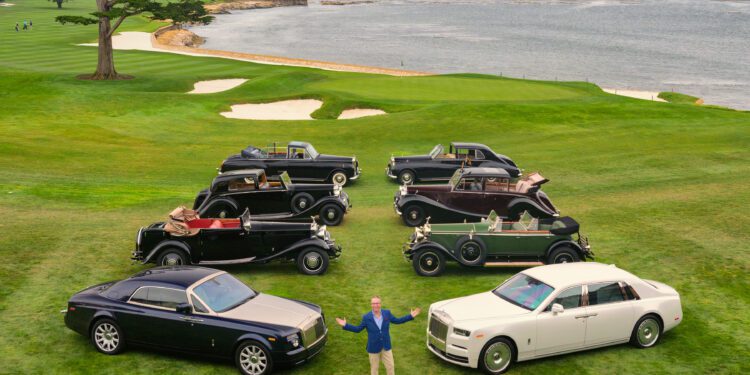For the first time in history, all eight generations of the Rolls-Royce Phantom were photographed together.
Monterey Car Week always has a way of turning dreams into reality, with the rarest and most iconic cars casually cruising throughout the Peninsula. It’s a place where owners create unforgettable moments behind the wheel, and enthusiasts finally get to lay eyes on cars they’ve only ever imagined. This year at Pebble Beach, Rolls-Royce Motor Cars added to that magic, making history with the first-ever gathering of all eight generations of the legendary Phantom.
2025 marks 100 years since the Phantom first hit the road, and that milestone says a lot about its place in automotive history. Since debuting in 1925 as the successor to the Silver Ghost, the Phantom has always been positioned as the pinnacle of Rolls-Royce. Over eight generations, it has served as the brand’s flagship model, and the one that best showcases what the marque stands for: comfort, craftsmanship, and a sense of effortless driving. Looking back, the Phantom’s story is really the story of Rolls-Royce itself, always evolving with new materials, technology, and ideas, yet staying true to the quiet confidence that makes it instantly recognizable.
The current Phantom VIII continues that tradition but also embraces its role as a blank canvas for bespoke configurations. Clients around the world have turned their Phantoms into one-of-a-kind builds, whether inspired by haute couture, film, cultural heritage, or art. From the shimmering details of Phantom Syntopia to the cinematic nods of Phantom Goldfinger, these commissions highlight just how adaptable the model is. What makes Phantom special is its commanding presence on the road and how it balances old-world craftsmanship with modern innovation. Even with the evolution of technology and performance, the Phantom still carries that sense of calm and effortlessness that has defined it from the beginning.
Reaching a century gives Rolls-Royce a chance to reflect on how the Phantom earned its reputation and why it has managed to keep it for so long. From the early coachbuilt bodies of the 1920s to the experimental ideas of the Phantom II Continental, and later the rebirth of the model at Goodwood with Phantom VII, the nameplate has carried significance few cars in history can claim. As the automotive world continues to change, Phantom remains a reminder that some things, like craftsmanship, presence, and timeless design, never really go out of style.
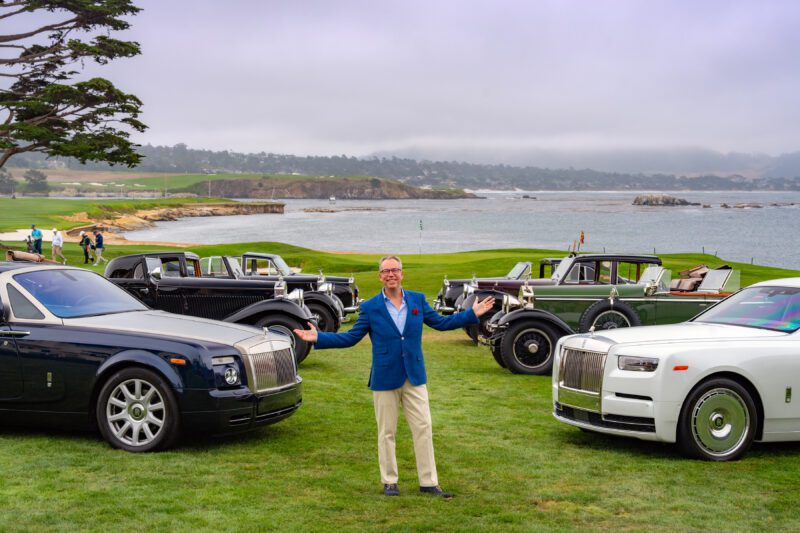
All Eight Generations
1929 Rolls-Royce Phantom I Brewster Ascot Phaeton
Nicholas & Shelley Schorsch of the Audrain Collection, Newport, Rhode Island
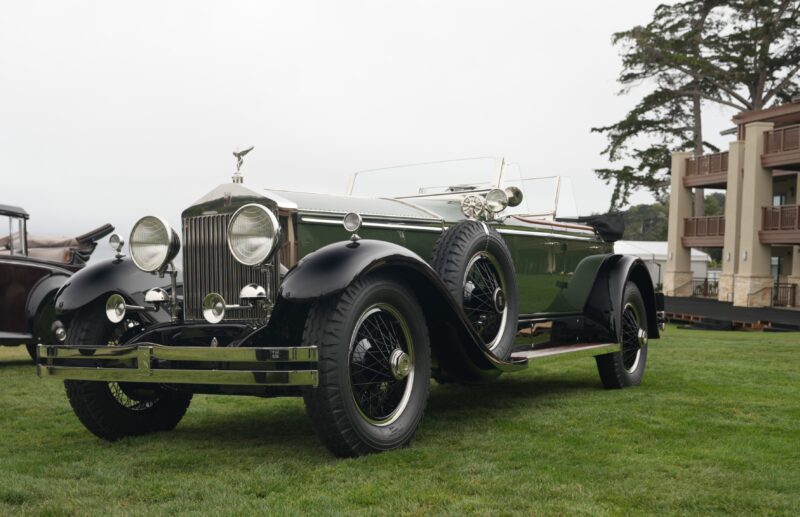
This Rolls-Royce Phantom I is one of 21 Ascot Phaetons produced, a design described by Rolls-Royce as a sports phaeton and named for the aristocratic horse-race held annually in England. In 1929, the Phantom I benefited from several updated features, including an aluminum cylinder head, servo-assisted four-wheel brakes and temperature-controlled radiator shutters. This Springfield-built example (chassis S308LR) also features polished aluminum beltlines, combined with 21-inch wire wheels and roll-up windows, a modification performed by Murphy Coachworks of Pasadena, California. The car was delivered on October 10, 1929, and is featured in Rolls-Royce in America, written by John Webb de Campi. The original chassis, body, and engine have recently undergone extensive restoration to appear at the Concours.
1934 Rolls-Royce Phantom II Continental Gurney Nutting Sedanca Drophead Coupé
Peter Reynolds, Cardiff, Wales
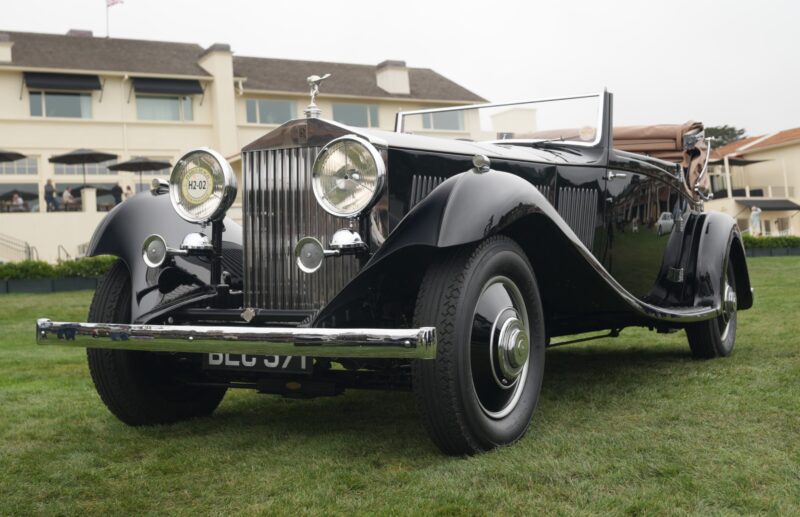
The Phantom II was the last of the Rolls-Royce 40/50 HP models, produced from 1929 through 1935. This car (chassis 197RY) is one of 18 built to this iconic design by Chelsea coachbuilder Gurney Nutting on the Phantom II Continental chassis—and is considered by many to be the pinnacle of styling for the era. The Sedanca boasted a bonnet almost half the length of the car. It was created by A. F. McNeil, whose career at coachbuilders Gurney Nutting and James Young lasted until the 1960s. Testament to McNeil’s genius is the fact that all 18 of the sedancas built still exist, a true indicator of the intrinsic value of McNeil’s design.
1937 Rolls-Royce Phantom III H.J. Mulliner Sedanca de Ville
The Nethercutt Collection, Sylmar, California
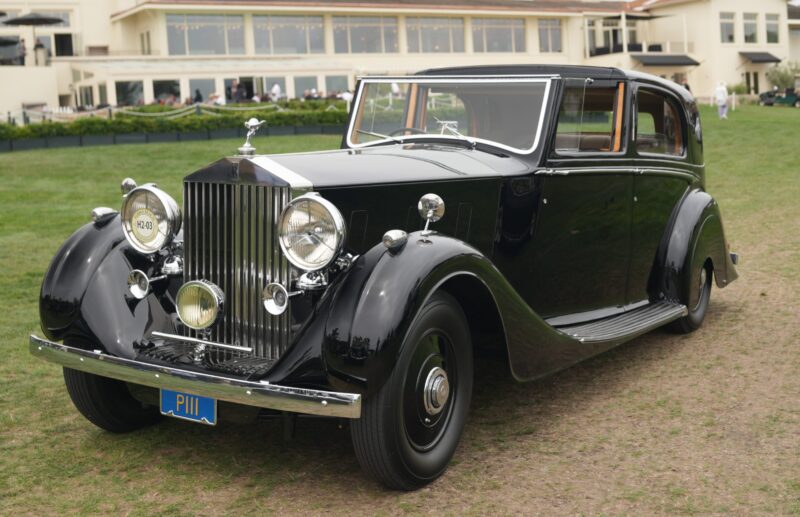
The Phantom III, the final car that Henry Royce worked on, was introduced in 1936, and it was the last V12-powered Rolls-Royce until the Silver Seraph was launched in 1998. The Phantom III chassis ceased production in 1939 but continued to be bodied through 1941. This example (chassis 3BT-179) boasts H. J. Mulliner Sedanca de Ville coachwork, a design recognized as sinister and gothic—yet ultimately elegant. This 1937 Sedanca de Ville features a disappearing top. It was first owned by the Honorable W. G. Bethell, son of Sir John Henry Bethell. Prior to its ownership by the Nethercutt Collection, this Rolls-Royce won Best of Show at the Pebble Beach Concours in 1957. Welcome back!
1954 Rolls-Royce Phantom IV Hooper Landaulet
Stephen Brauer, St. Louis, Missouri
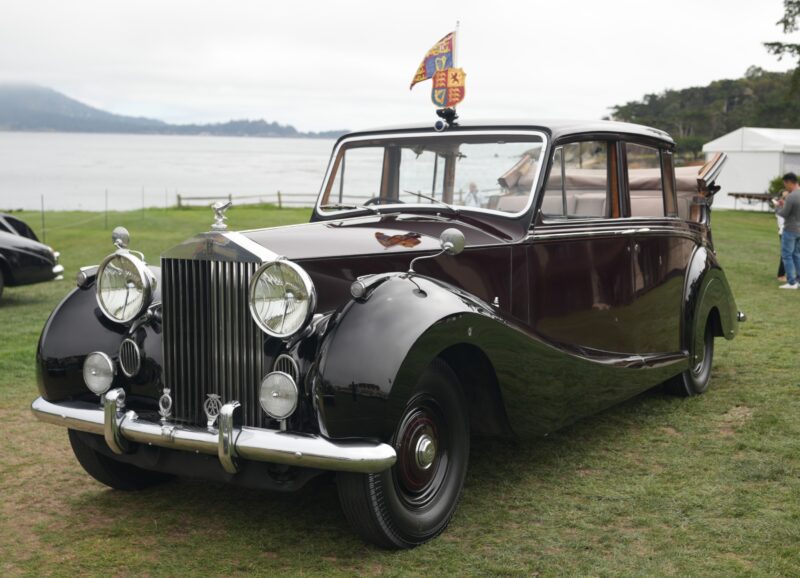
At the suggestion of the Duke of Edinburgh and then-Princess Elizabeth, the first Phantom IV was built for the royal couple in 1948. Between 1950 and 1956, 18 more Phantom IV automobiles were constructed for royalty or heads of state only, also featuring the 5.7-liter straight-8 engine on the 145-inch wheelbase. This example (chassis 4BP5) was also built specifically for the royal couple and was code named “Jubilee” for the company’s 50th anniversary. The Queen’s yacht “Britannia” was designed explicitly to accommodate the motor car, which, with its Hooper Landaulet coachwork, was ideal for overseas touring and shipped all over the world. This Phantom IV remained in service to the Palace for the next 43 years and attended two royal weddings. Bentley Motors then owned the Phantom IV from 2002 until 2018, when it was acquired by the current caretaker.
1961 Rolls-Royce Phantom V James Young Touring Sedanca
Stephen Brauer, St. Louis, Missouri
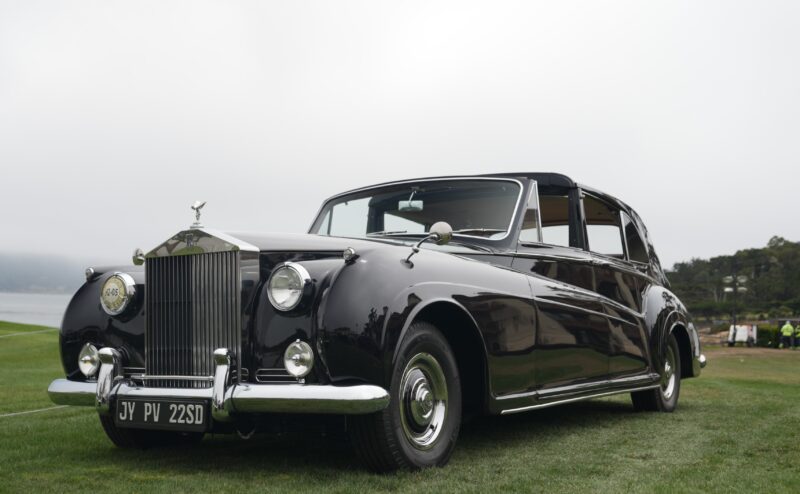
The Phantom V was produced from 1959 until 1968. A total of 11 Sedancas were built by James Young on the Phantom V chassis, and this is one of just four right-hand-drive touring limousines—a noteworthy bookend to the work of legendary custom-body designer A. F. McNeil. The Sedanca marked the finalé of the coachbuilt era for Rolls-Royce, and the end of the British class divide between the automobile owner and chauffeur. This car (chassis 5AT76) was delivered to Mrs. Elsie Richter Tritton, widow of Sir Louis Baron of Black Cat cigarette fortune, and it exhibits several custom features included at her behest. Prior to delivery, it was shown at Earls Court in 1960.
1972 Rolls-Royce Phantom VI Mulliner Park Ward State Landaulette
Jim George/Pete DeAngelo, Shelby Township, Michigan
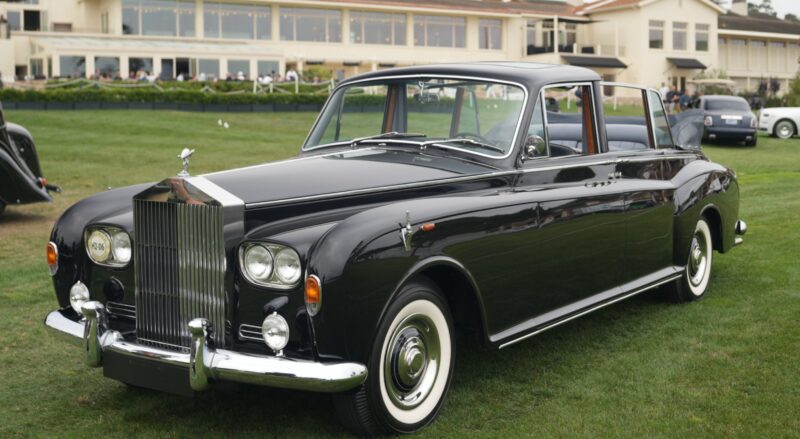
From the introduction of the Phantom V in 1960 through the end of the Phantom VI in 1991, Rolls-Royce built two styles of Landaulettes. The shorter design featured a manually operated convertible top, whereas the longer style known as the State or Ceremonial Landaulette featured a much more complex electrically operated top opening, created largely for royalty and state leaders. This Rolls-Royce (chassis PRX4656) is the only left-hand-drive Phantom VI State Landaulette built. It was delivered in 1971 to the Republic of the Ivory Coast for use by Head of State Félix Houphouët-Boigny and acquired by the current owner in 2015.
2009 Rolls-Royce Phantom VII Coupé
The Richardson Collection
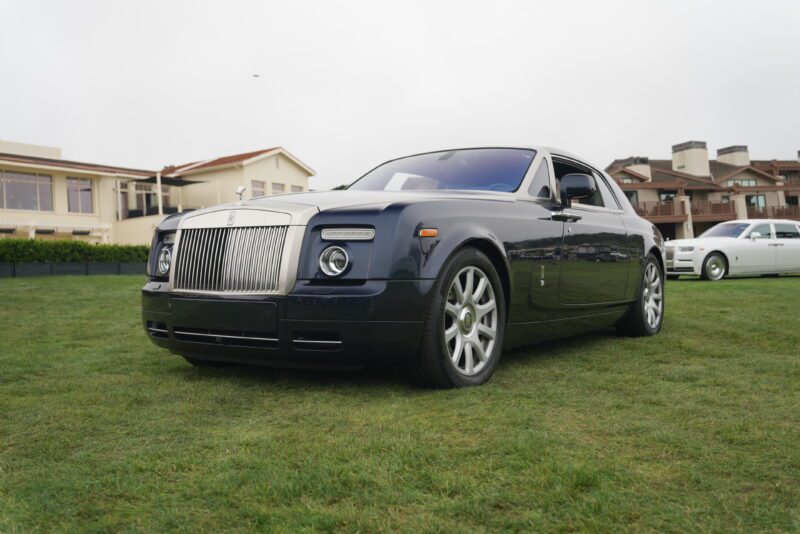
The Rolls-Royce Phantom VII Coupé stands out as the most exclusive model of the Goodwood era, with only about 550 examples produced between 2006 and 2016. Designed as the most driver-focused member of the Phantom VII family, it pairs a sleek, pillar-less two-door silhouette with a long hood and fastback rear that nods to classic Rolls-Royce elegance. Under the hood, a 6.75-liter V12 delivers 453 hp and 531 lb-ft of torque, offering effortless acceleration and the brand’s signature magic carpet ride. Inside, the cabin showcases hand-stitched leather, rich veneers, and the optional Starlight Headliner, making each car a bespoke expression of modern craftsmanship. Today, the Phantom Coupé remains a rare and refined symbol of grand touring luxury.
2023 Rolls-Royce Phantom VIII Platino
Private Collector in Washington, DC
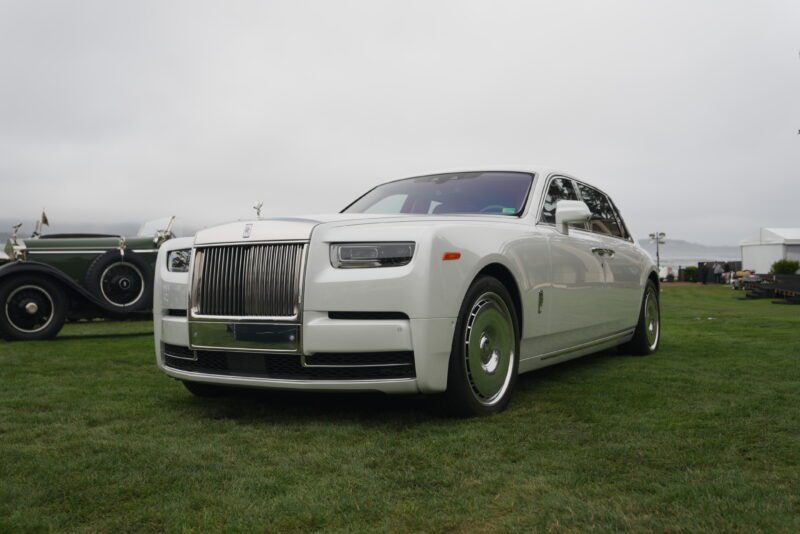
CThe Rolls-Royce Phantom Platino, introduced as part of the eighth-generation Phantom Series II update in 2022, is a highly exclusive expression of the marque’s pinnacle motor car. Limited to just 10 commissions, the Platino is celebrated for its sophisticated design, rare materials, and elevated craftsmanship. Though named after the element platinum, the Platino is not defined by color alone. Instead, the name reflects a holistic design philosophy focused on understated opulence and contemporary elegance.


